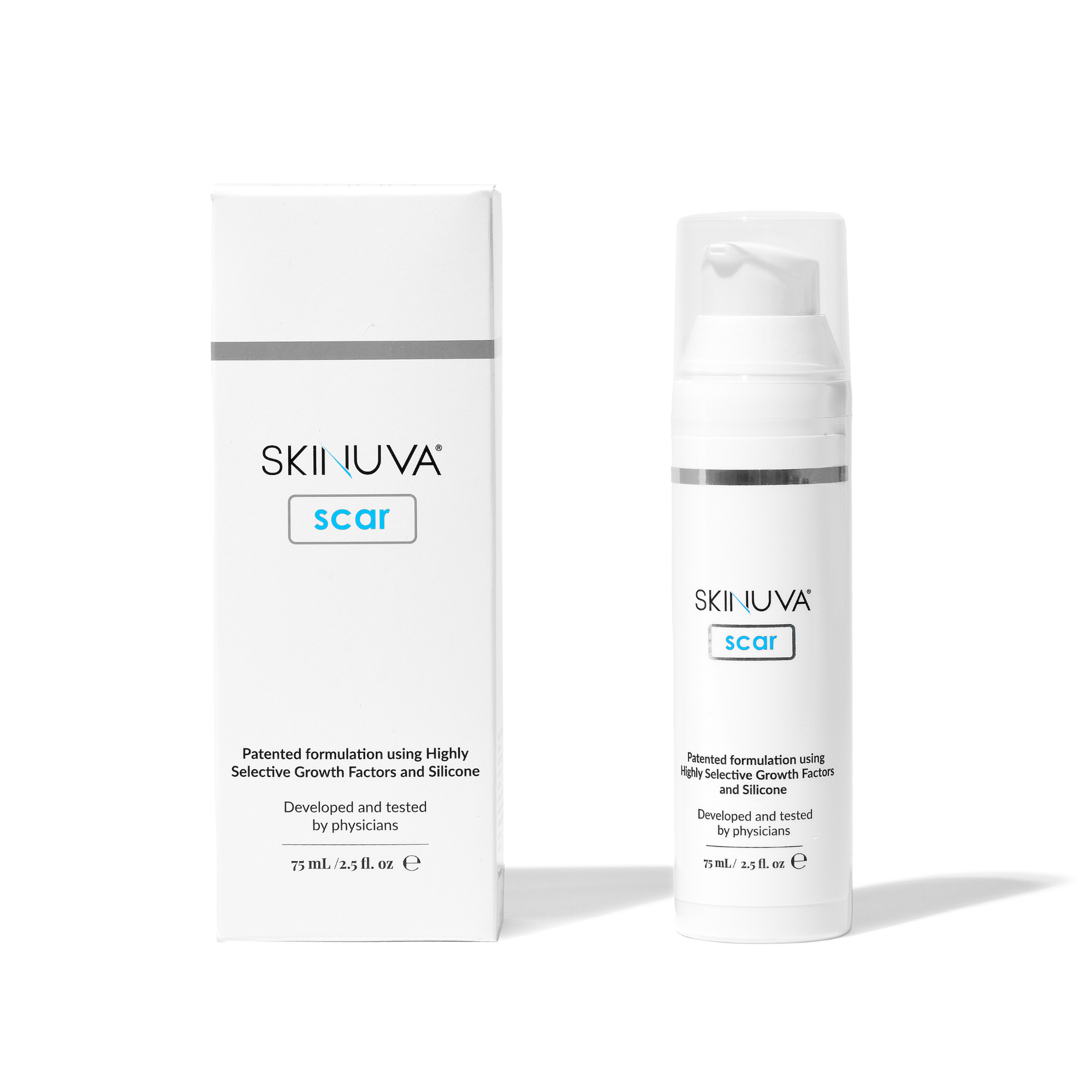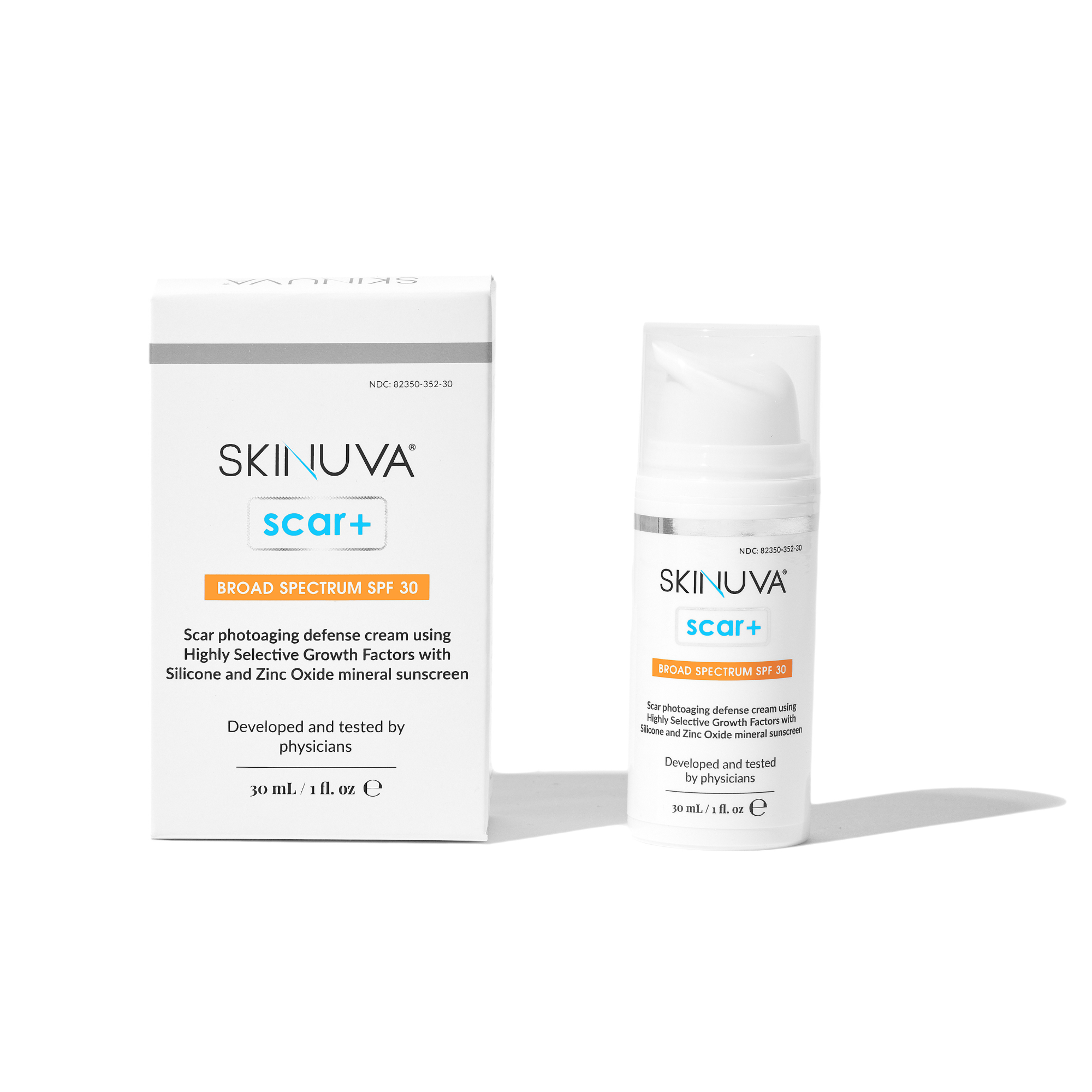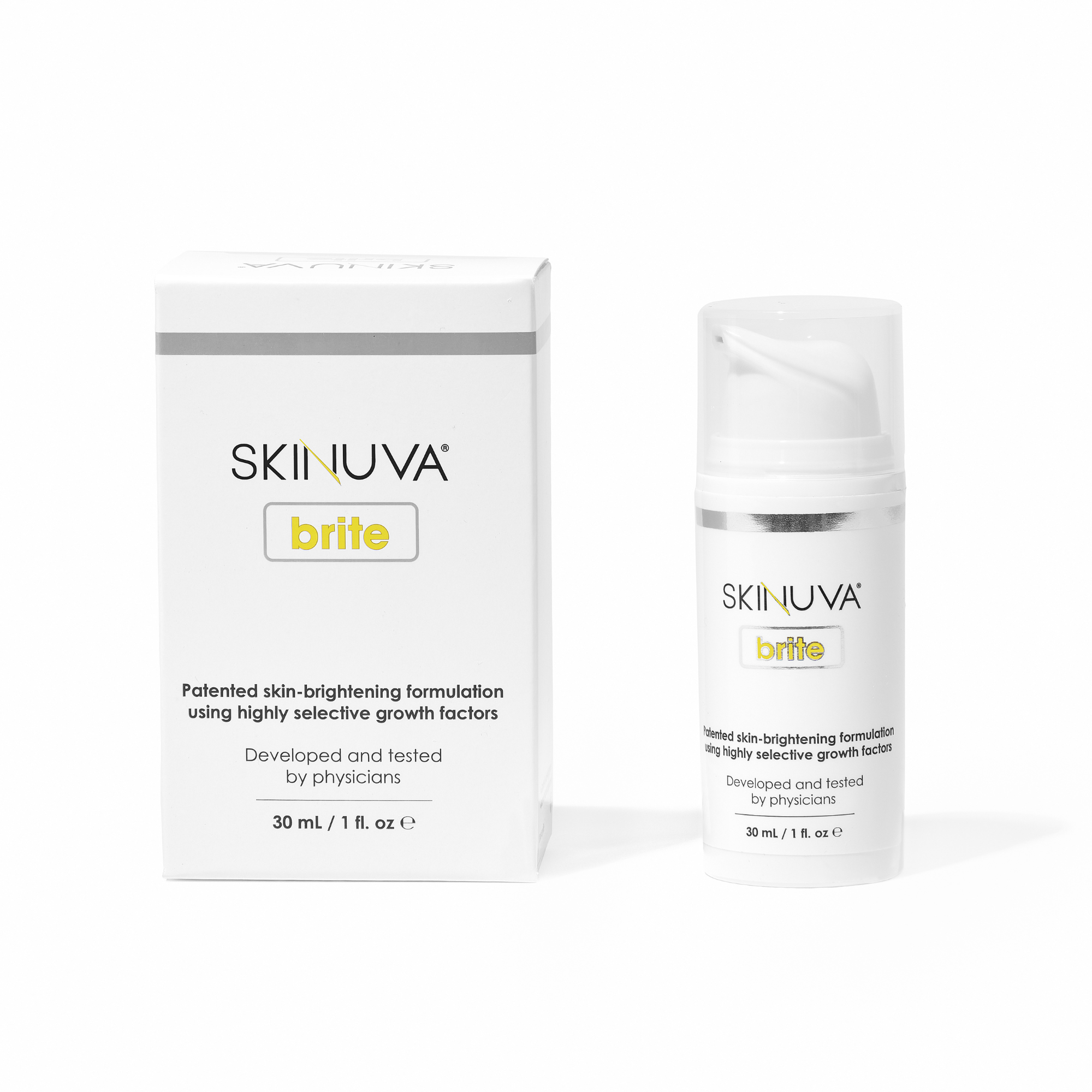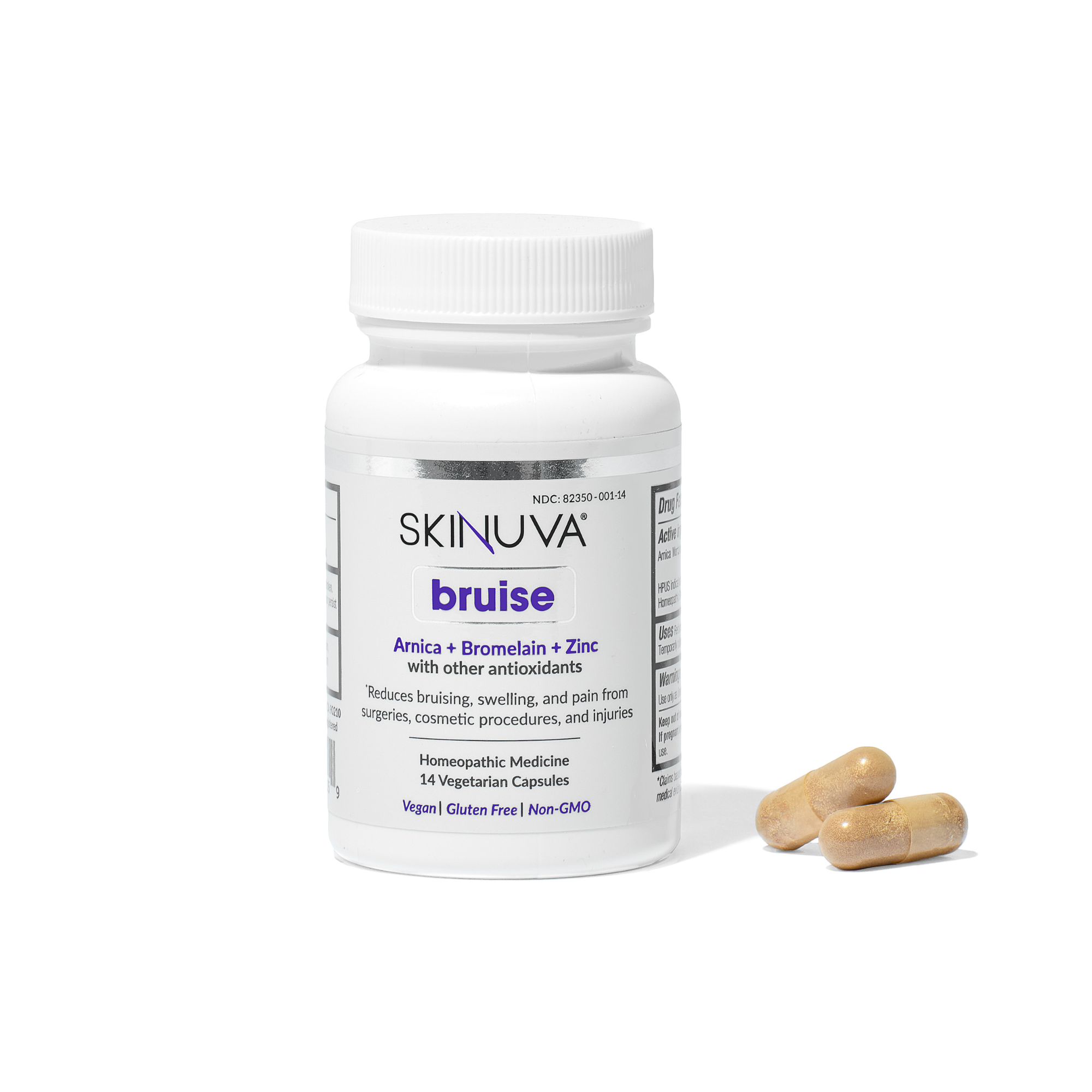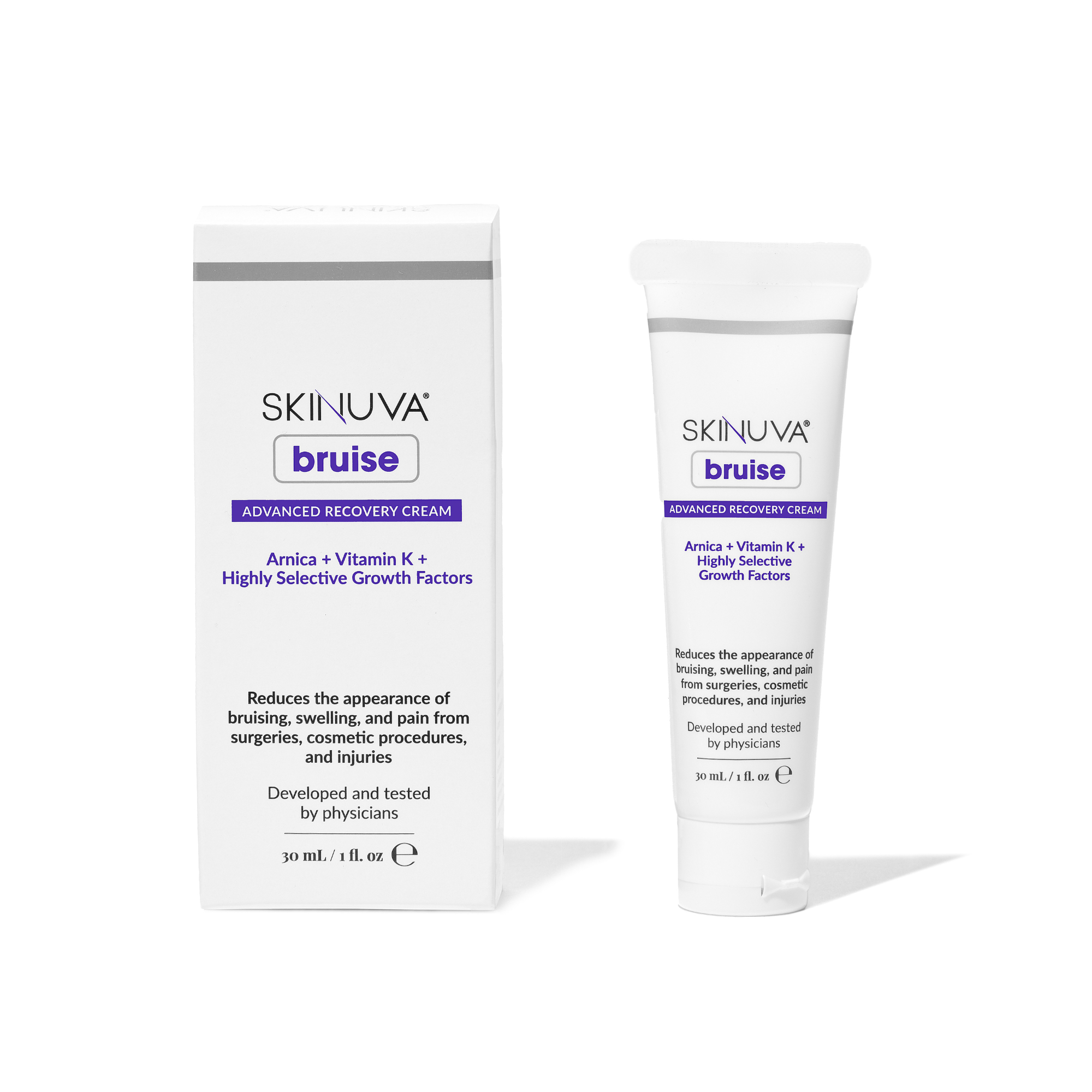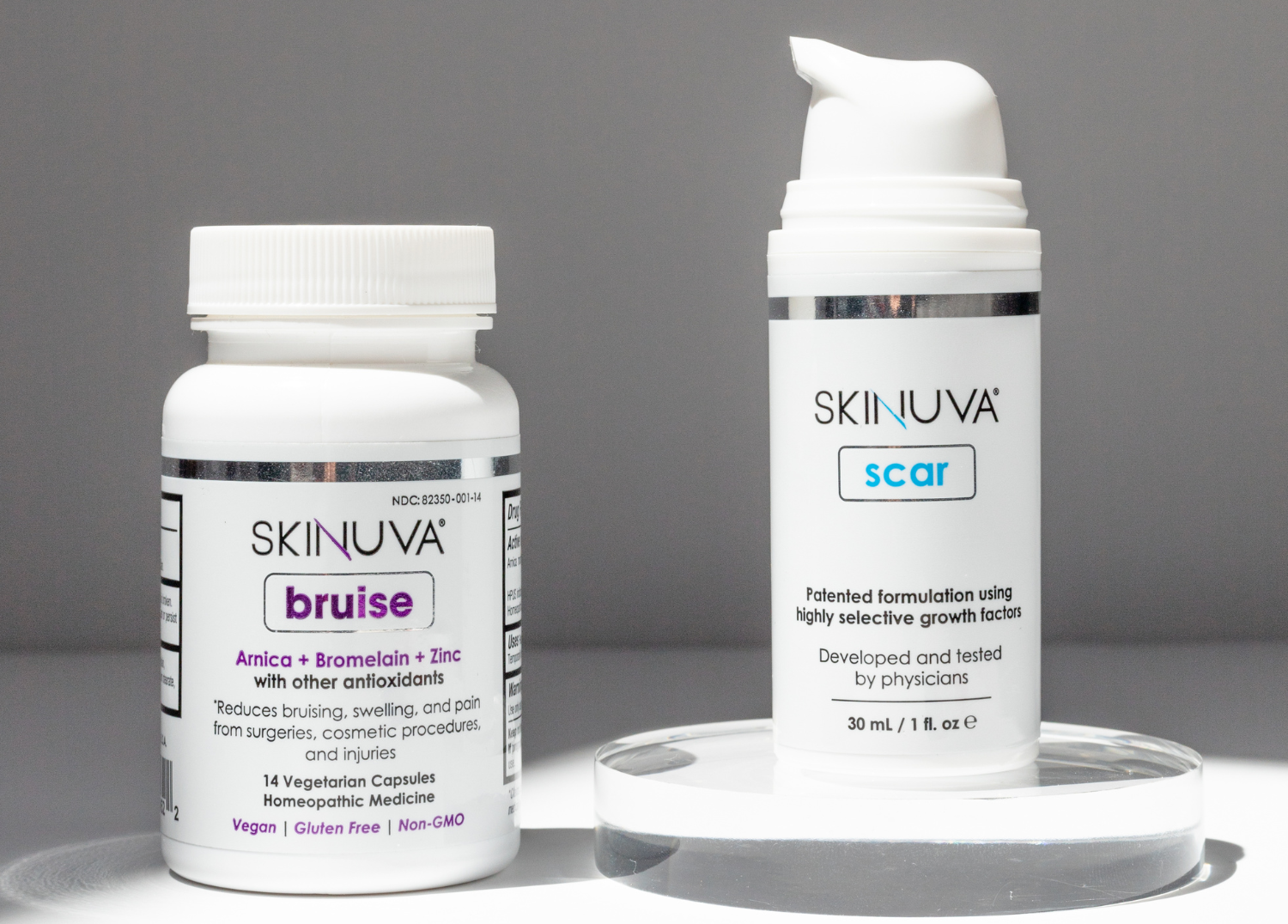Understanding Scars: Different Types and Treatment Options
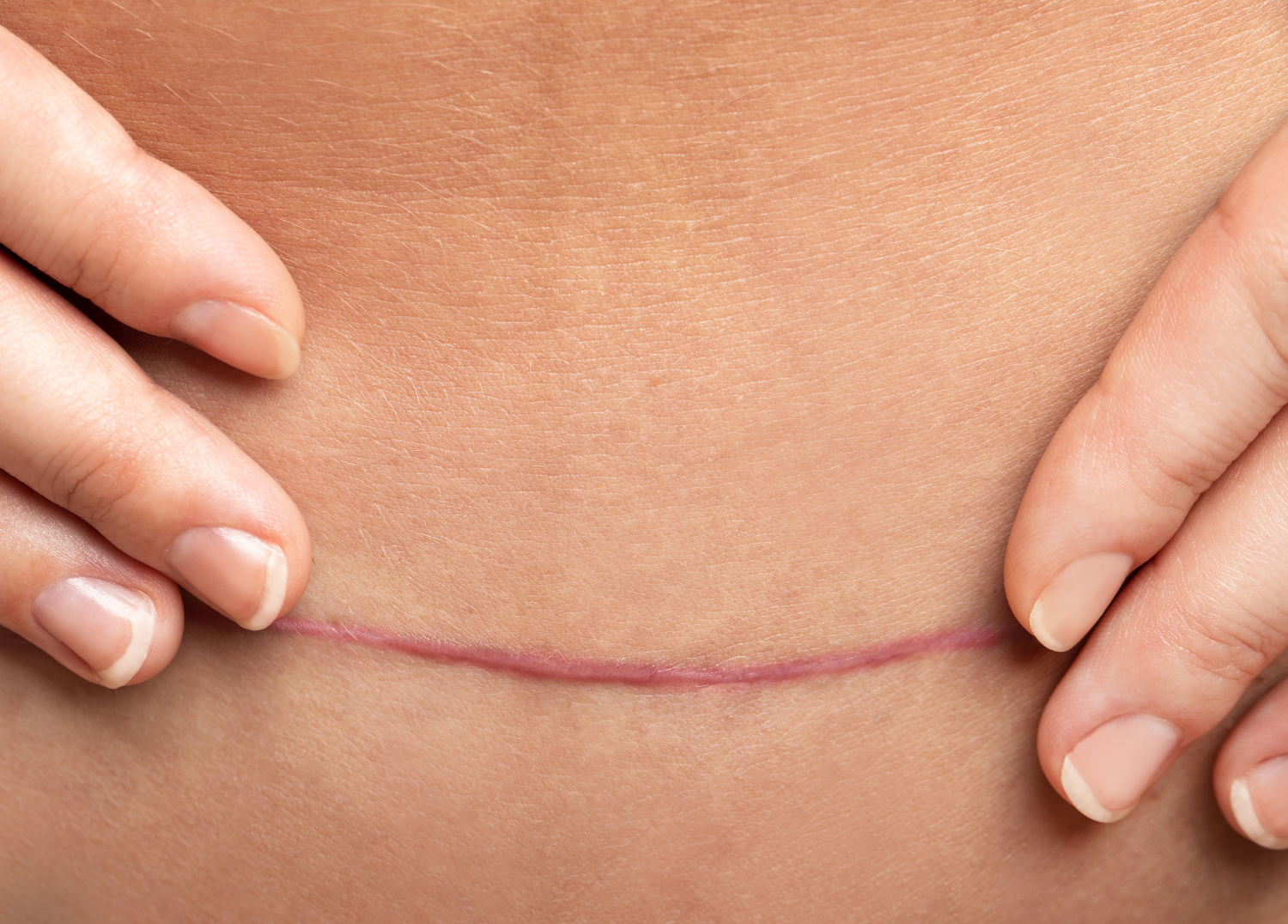
Scars come in all sorts of shapes, sizes, colors, and levels of severity. The journey to healing and improving the appearance of scars is not an overnight process, but instead requires consistent care and treatment in order to achieve optimal outcomes.
Before beginning any treatment for your scar, it is important to talk with your doctor to help understand the nature of your scar(s) and guide you towards the most effective treatment options tailored to your specific needs.
Different Types of Scars
There are several different types of scars that can vary in size, texture, shape, and color. Some scars are more severe than others and will require different types of treatment options. Types of scars include:
-
Keloid Scars: Keloids are very difficult scars to improve with topical treatments alone, as they are very raised, extend beyond the original wound area, and can increase in size with time. They are persistent scars reddish-purple in color and form when the body produces excess collagen during the healing process.
-
Hypertrophic Scars: Hypertrophic scars are similar to keloids, but less severe and respond better to topical treatments. These scars are also raised and red in color, but they are limited to the area of the damaged skin/wound. They are more likely to fade over time, especially with treatment.
-
Atrophic Scars: Atrophic scars have a depressed, sunken, or pitted appearance. They result from a loss of tissue and lack of collagen production. Acne or injuries resulting in loss of tissue often cause these types of scars. Icepick, boxcar, and rolling scars are different types of atrophic scars.
-
Acne Scars: Severe acne or cysts can result in acne scars that can be atrophic or hypertrophic scars.
Treatment Options for Each Scar Type
Treatment options range from over the counter scar products that can be used at home to in-office procedures performed by a professional. Treatments include:
-
Topical Scar Products: Over-the-counter scar creams, gels, and silicone sheets can help improve the appearance of scars. The gold-standard for improving scars, silicone is a common ingredients that helps reduce redness and flatten scars. Skinuva Scar is a physician developed scar cream that not only includes Silicone, but Synthetic Growth Factors, Hyaluronic Acid, Centella Asiatica, Vitamin C, and Aloe Vera. Skinuva Scar is backed by 5 published clinical studies and was shown to be 2x more effective than regular silicone cream in improving scars. Skinuva Scar+ SPF includes the same ingredients as Skinuva Scar, but with non-nano Zinc Oxide added for Broad Spectrum SPF 30 protection. Hypertrophic and certain types of acne scars respond well to topical products.
-
Steroid Injections: When it comes to keloids or more severe hypertrophic scars, steroid injections can help reduce inflammation and flatten the scar tissue. Multiple sessions may be required for optimal results.
-
Laser Treatments: Laser treatments, such as fractional laser resurfacing or pulse-dyed lasers, can effectively minimize the appearance of scars by stimulating collagen production and reducing discoloration. Keloids, hypertrophic, and atrophic scars can benefit from laser treatments.
-
Microneedling: Microneedling involves using a device with fine needles to create controlled micro-injuries in the skin, stimulating collagen production. Microneedling is particularly beneficial for atrophic scars.
-
Surgical Revision: In some cases, surgery such as skin grafting may be necessary to improve the appearance of scars, particularly with severe cases of keloids.
-
Chemical Peels: Chemical peels can help improve the texture and tone of the skin by removing damaged outer layers. They are often used for treating acne scars and some atrophic scars.

